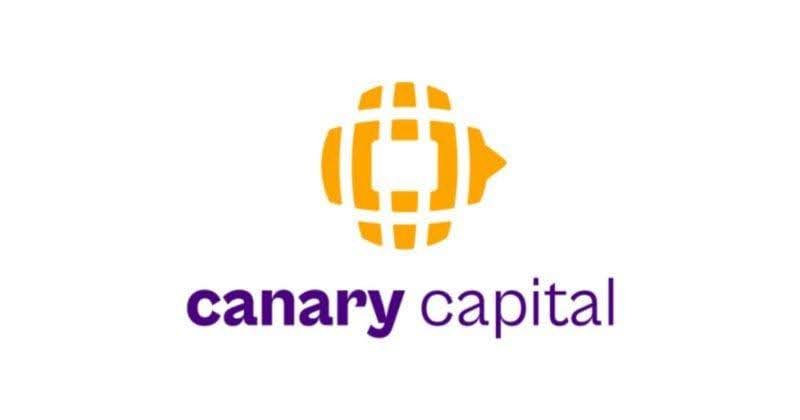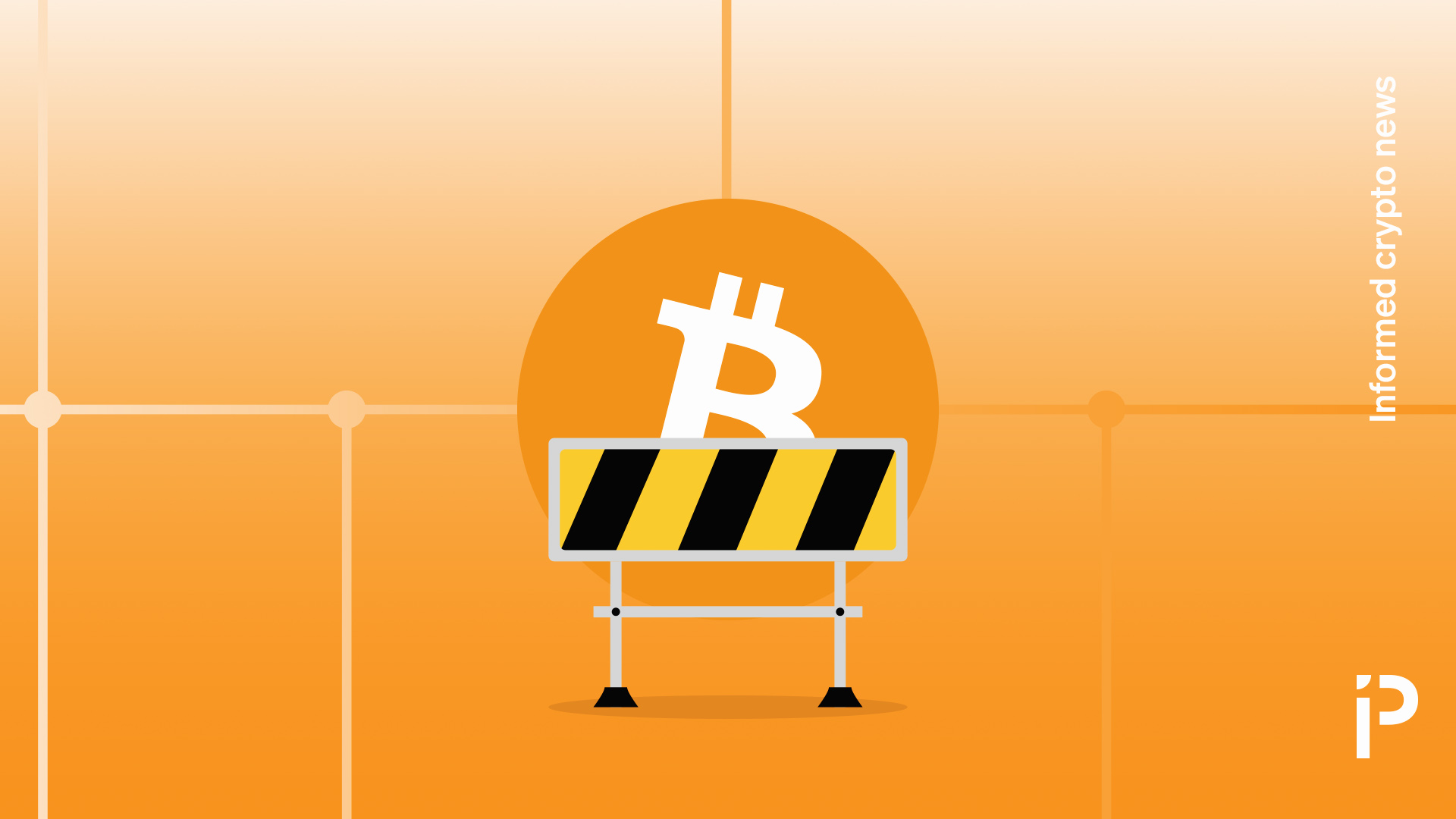PANews reported on October 8 that Solana’s treasury company Upexi released a treasury data update: it currently holds 2,018,419 SOLs, worth US$448.1 million.PANews reported on October 8 that Solana’s treasury company Upexi released a treasury data update: it currently holds 2,018,419 SOLs, worth US$448.1 million.
Upexi currently holds 2,018,419 SOL, worth over $400 million
2025/10/08 21:50
PANews reported on October 8 that Solana’s treasury company Upexi released a treasury data update: it currently holds 2,018,419 SOLs, worth US$448.1 million.
Clause de non-responsabilité : les articles republiés sur ce site proviennent de plateformes publiques et sont fournis à titre informatif uniquement. Ils ne reflètent pas nécessairement les opinions de MEXC. Tous les droits restent la propriété des auteurs d'origine. Si vous estimez qu'un contenu porte atteinte aux droits d'un tiers, veuillez contacter service@support.mexc.com pour demander sa suppression. MEXC ne garantit ni l'exactitude, ni l'exhaustivité, ni l'actualité des contenus, et décline toute responsabilité quant aux actions entreprises sur la base des informations fournies. Ces contenus ne constituent pas des conseils financiers, juridiques ou professionnels, et ne doivent pas être interprétés comme une recommandation ou une approbation de la part de MEXC.
Partager des idées
Vous aimerez peut-être aussi

Why Netflix’s Investment In Boxing Is A Marriage Made In Heaven
The post Why Netflix’s Investment In Boxing Is A Marriage Made In Heaven appeared on BitcoinEthereumNews.com. Terence Crawford fought Canelo Alvarez in a championship bout aired on Netflix. (Photo by Josh Hedges/TKO Worldwide LLC via Getty Images) TKO Worldwide LLC via Getty Images It’s a question that often gets asked: Is boxing a dying sport? And here’s the one-word proof of how silly the question is: Netflix. The streaming giant has leaped into the squared circle, airing boxing events that have recorded bonkers viewership numbers that ultimately drive the all-powerful advertising and sponsorship dollar. Think about this: Netflix announced that 41 million viewers tuned in to the streaming service to watch Saturday night’s Canelo Alvarez-Terence Crawford fight; that’s five million more viewers than the first four games combined of the 2025 NBA finals. The event, which saw Crawford dethrone Alvarez for the super middleweight title, was also No. 1 on Netflix in 30 countries, including the U.S., Mexico, Canada, Ireland and Australia, while also cracking the top 10 in 91 other countries. It should be noted that Netflix’s metrics are a result of a combination of internal, non-audited data and measurement from VideoAmp, a challenger to Nielsen that’s not been granted accreditation from the Media Ratings Council, as reported by Front Office Sports. Nevertheless, even bigger viewership numbers are expected when Netflix airs the next Jake Paul fight on November 14 — a match that will pit Paul against Gervonta “Tank” Davis, the current lightweight champion who has mass appeal with 7.5 million followers on Instagram alone. Netflix has seen how Paul leverages his enormous social media following, bringing new and younger fans to boxing, and how he also creates compelling storylines that attract significant media attention. Like Paul, Netflix has its own formula for success in the boxing ring: It leverages its production expertise to build hype around live events through documentaries, behind-the-scenes features, and…
Partager
BitcoinEthereumNews2025/09/19 00:44
Partager

Canary Capital Finalizes Spot Litecoin ETF Filing with 0.95% Fee, Ticker LTCC
Key Takeaways: Canary Capital has filed an S-1 amendment with the U.S. SEC for its Spot Litecoin ETF, revealing the official ticker LTCC and a 0.95% annual sponsor fee. Bloomberg The post Canary Capital Finalizes Spot Litecoin ETF Filing with 0.95% Fee, Ticker LTCC appeared first on CryptoNinjas.
Partager
Crypto Ninjas2025/10/09 00:34
Partager

Bitcoin devs cheer block reconstruction stats, ignore security budget concerns
The post Bitcoin devs cheer block reconstruction stats, ignore security budget concerns appeared on BitcoinEthereumNews.com. This morning, Bitcoin Core developers celebrated improved block reconstruction statistics for node operators while conveniently ignoring the reason for these statistics — the downward trend in fees for Bitcoin’s security budget. Reacting with heart emojis and thumbs up to a green chart showing over 80% “successful compact block reconstructions without any requested transactions,” they conveniently omitted red trend lines of the fees that Bitcoin users pay for mining security which powered those green statistics. Block reconstructions occur when a node requests additional information about transactions within a compact block. Although compact blocks allow nodes to quickly relay valid bundles of transactions across the internet, the more frequently that nodes can reconstruct without extra, cumbersome transaction requests from their peers is a positive trend. Because so many nodes switched over in August to relay transactions bidding 0.1 sat/vB across their mempools, nodes now have to request less transaction data to reconstruct blocks containing sub-1 sat/vB transactions. After nodes switched over in August to accept and relay pending transactions bidding less than 1 sat/vB, disparate mempools became harmonized as most nodes had a better view of which transactions would likely join upcoming blocks. As a result, block reconstruction times improved, as nodes needed less information about these sub-1 sat/vB transactions. In July, several miners admitted that user demand for Bitcoin blockspace had persisted at such a low that they were willing to accept transaction fees of just 0.1 satoshi per virtual byte — 90% lower than their prior 1 sat/vB minimum. With so many blocks partially empty, they succumbed to the temptation to accept at least something — even 1 billionth of one bitcoin (BTC) — rather than $0 to fill up some of the excess blockspace. Read more: Bitcoin’s transaction fees have fallen to a multi-year low Green stats for block reconstruction after transaction fees crash After…
Partager
BitcoinEthereumNews2025/09/18 04:07
Partager